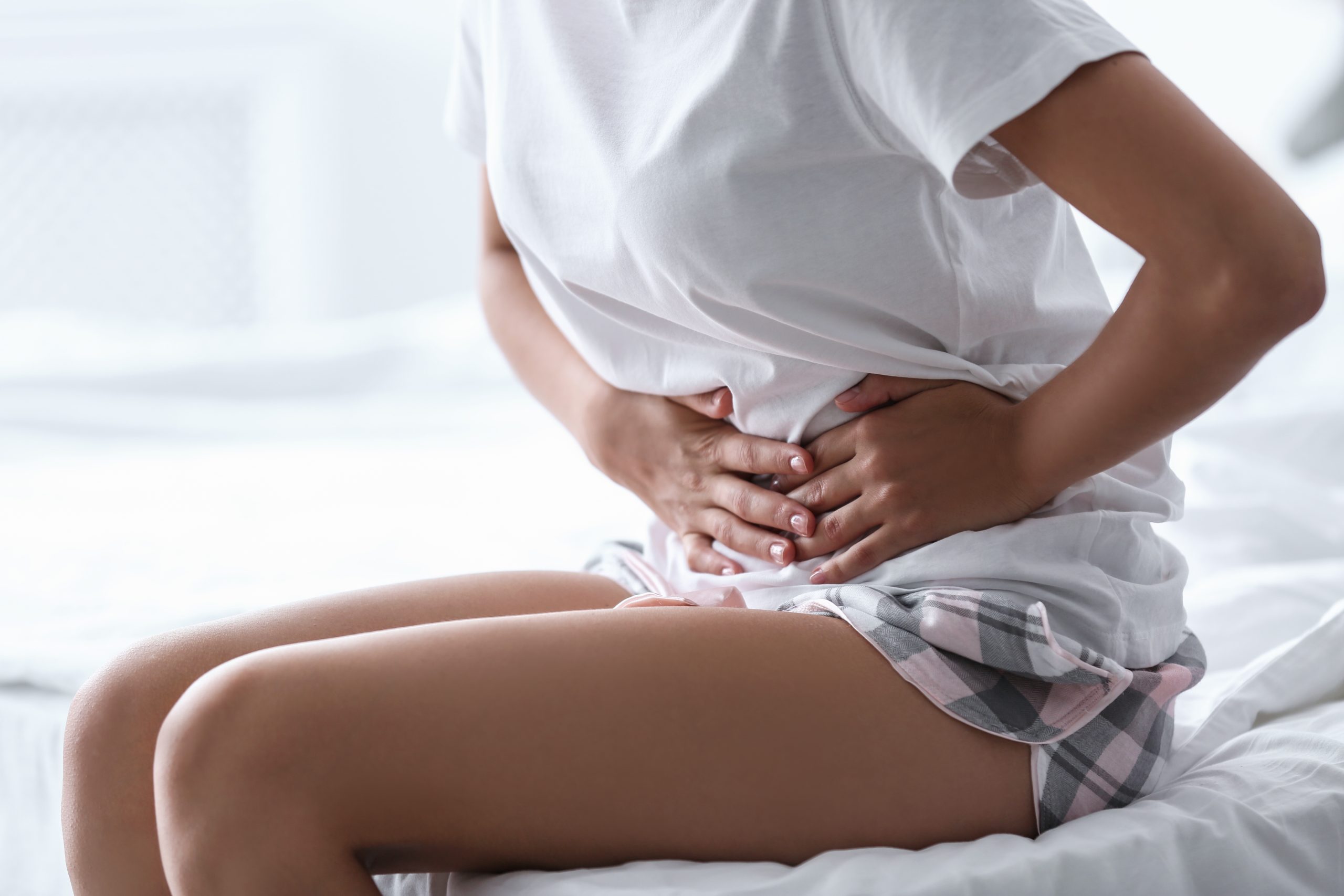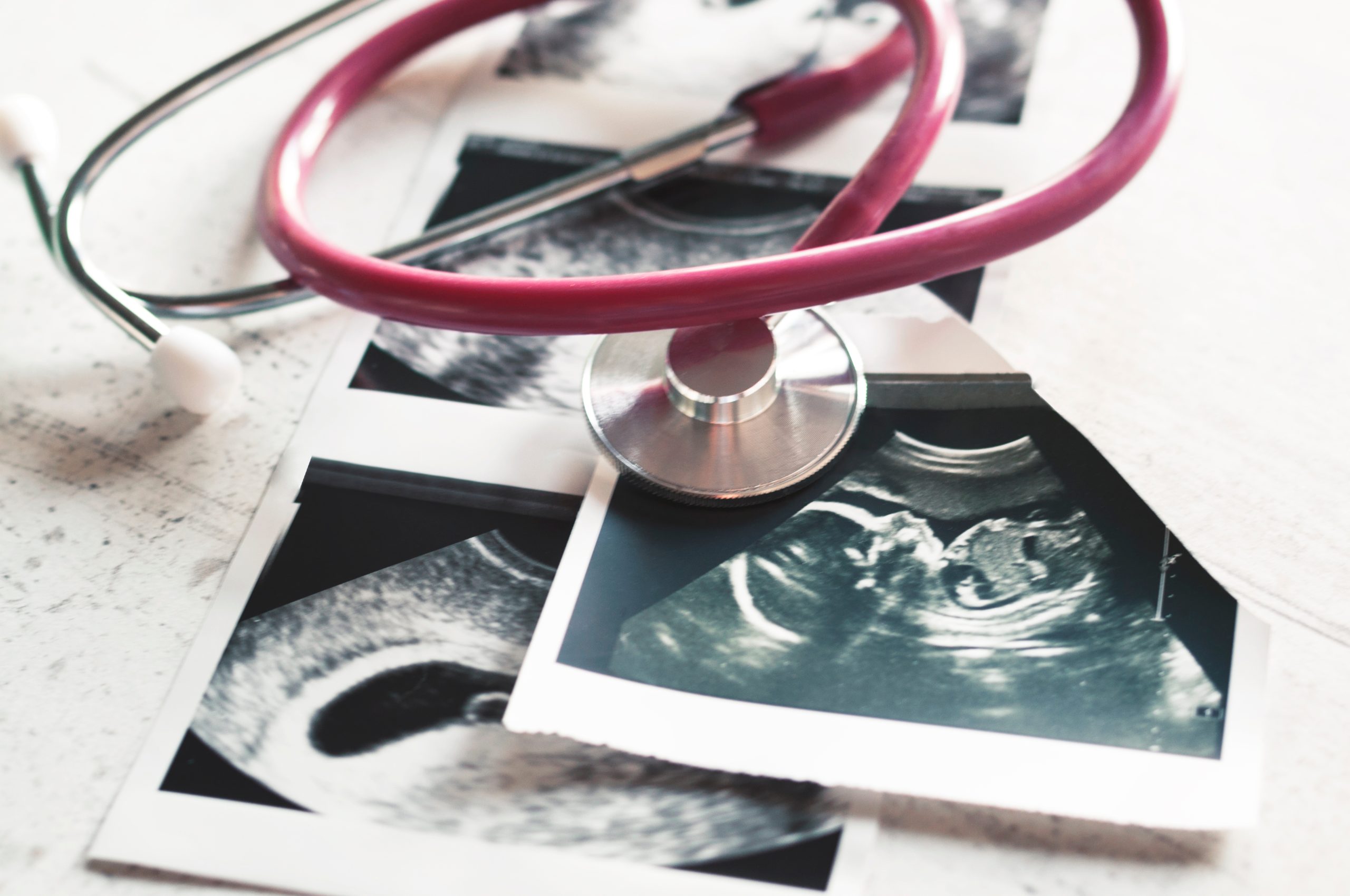If you’ve been struggling with heavy periods, pelvic pain or unexplained bloating, you might have come across two common but often confusing conditions: adenomyosis and uterine fibroids. Though they share similar symptoms, these conditions are quite different in origin, diagnosis, and treatment.
Understanding the difference can help you make informed decisions about your health. Here’s a detailed look at adenomyosis and uterine fibroids—and the available treatment options in Singapore.
What Are Adenomyosis and Uterine Fibroids?
Both adenomyosis and uterine fibroids are benign (non-cancerous) conditions that affect the uterus, but they differ in how and where they occur.
- Adenomyosis occurs when the endometrial tissue (the inner lining of the uterus) grows into the muscular wall of the uterus. This abnormal placement can cause the uterus to become enlarged and tender.
- Uterine fibroids, on the other hand, are solid, muscular growths that develop on or in the uterus. These growths, also known as leiomyomas or myomas, vary in size and can appear inside the uterine cavity, within the uterine wall, or on the outer surface of the uterus.
Causes and Risk Factors
What causes adenomyosis?
The exact cause of adenomyosis isn’t fully understood, but several factors may contribute to someone developing the condition:
- Hormonal imbalances, especially elevated estrogen
- Previous uterine surgeries such as C-sections or fibroid removal
- Inflammation of the uterine lining after childbirth
- Age (most common in women aged 35–50)
What causes uterine fibroids?
Fibroids development is linked to:
- Estrogen and progesterone levels
- Genetics and family history
- Obesity
- African descent (higher prevalence)
- Starting menstruation at an early age
Both conditions are hormone-dependent, meaning they tend to grow in response to estrogen.
Key Symptoms and How They Differ
Common symptoms of adenomyosis and fibroids
Both adenomyosis and fibroids can cause:
- Heavy or prolonged periods
- Pelvic pain or pressure
- Bloating or a feeling of fullness in the abdomen
- Pain during intercourse
- Fertility issues
However, adenomyosis often causes more diffuse uterine pain and tenderness, whereas fibroids may cause localised pressure symptoms, especially if large.
Is adenomyosis more painful than fibroids?
Many women report that adenomyosis is more painful due to the inflammation and irritation caused by the endometrial tissue being embedded within the uterine muscle. This can lead to severe menstrual cramps (dysmenorrhea) and chronic pelvic pain even outside of menstruation.
Fibroids can also be painful—particularly if they are large, degenerating, or pressing on nearby organs—but not all fibroids cause pain.
Tracking symptom severity and menstrual impact
Keeping a menstrual diary is a useful way to track symptoms. Note the length and heaviness of your period, level of pain (on a 1–10 scale), and any interference with daily life. This information helps your gynecologist better understand your condition and recommend the right investigations and treatment plan.
How Gynecologists Diagnose Adenomyosis vs Fibroids
Although adenomyosis and uterine fibroids can cause similar symptoms—such as heavy periods, pelvic pain, and bloating—they differ significantly in how they are diagnosed.
Diagnosing Uterine Fibroids
Uterine fibroids are generally easier to detect because they grow as distinct, solid lumps in or on the uterus. Your gynecologist can often identify them through:
- Pelvic ultrasound (transvaginal or abdominal): Fibroids appear as well-defined masses and are typically visible even on routine scans.
- MRI or CT scan (if needed): These are sometimes used to get a clearer picture, especially if surgery is being considered.
Diagnosing Adenomyosis
Adenomyosis, on the other hand, is more difficult to diagnose. Unlike fibroids, it does not form distinct lumps but spreads within the uterine muscle, causing the uterus to become thickened and tender. Diagnosis may involve:
- Clinical symptoms and examination: Many gynecologists suspect adenomyosis based on symptoms like severe cramping, heavy bleeding, and a persistently enlarged uterus.
- Pelvic ultrasound: Signs of adenomyosis—such as a bulky uterus or cystic areas in the muscle wall—can sometimes be seen, but they are more subtle and easily missed.
- MRI scan: This is a more sensitive imaging method for detecting adenomyosis. It can help confirm the diagnosis, especially when ultrasound findings are inconclusive.
Because of these challenges, adenomyosis may go undiagnosed for years or be mistaken for other conditions like endometriosis or fibroids. If your symptoms persist despite normal ultrasound results, it’s important to talk to your gynecologist about further evaluation.
Treatment Options for Both Conditions
Uterus fibroid treatment in Singapore
If uterine fibroids are causing significant disruptions to your life, you can consider several treatments in Singapore:
- Medication to control symptoms (e.g. hormonal therapy, NSAIDs)
- Surgical removal, such as myomectomy (removal of fibroids only) or hysterectomy (removal of the uterus)
Adenomyosis treatment
Treating adenomyosis can be more complex due to its diffuse nature. Options include:
- Hormonal therapies, including birth control pills or a hormonal IUD (e.g. Mirena)
- GnRH agonists, which reduce estrogen levels temporarily
- Endometrial ablation, which destroys the uterine lining (not suitable if you want children)
- Hysterectomy, which is the only definitive cure for adenomyosis
When is uterus removal necessary?
Hysterectomy may be recommended in the following situations:
- Severe, persistent symptoms not relieved by medication or less invasive treatments
- Large fibroids causing pressure or deformation of other organs
- Adenomyosis that does not respond to conservative treatments
- No plans for future pregnancies
While this is a major decision, many women report a significant improvement in quality of life after surgery.
Natural Support for Uterine Health
While medical treatment is often necessary, certain lifestyle changes may help manage symptoms:
- Anti-inflammatory diet rich in fruits, vegetables, whole grains, and omega-3 fatty acids
- Regular exercise to support hormone balance
- Stress reduction techniques like yoga or meditation
- Supplements, such as vitamin D, magnesium, and iron (especially if experiencing anemia)
Always discuss supplements or diet changes with your doctor, especially if you’re on medication.
Looking for Adenomyosis and Uterus Fibroid Treatment in Singapore?
If you’re struggling with heavy periods, persistent pain, or uncertainty about your diagnosis, it’s time to speak with a specialist. Dr TC Chang offers compassionate, comprehensive care for women with fibroids, adenomyosis, and other gynecological conditions.
Every woman’s body and journey is different. Dr Chang believes in listening carefully, providing clear explanations, and supporting you at every step—especially when it comes to complex conditions like adenomyosis and fibroids.Don’t let uncertainty or discomfort dictate your life. Book a consultation with Dr TC Chang today and get personalised care that puts your well-being first.



